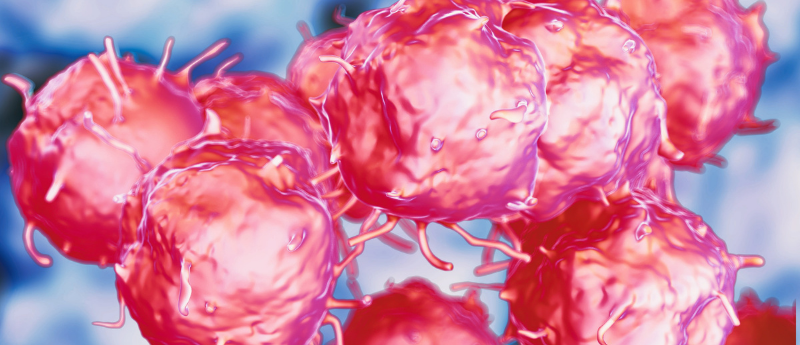Genomic safe harbors may allow safer gene and cell therapies

Researchers from Harvard Medical School (MA, USA) and ETH Zurich (Switzerland) have utilized a new computational approach to landing therapeutic genes in genomic safe harbors (GSHs), which may advance gene and cell therapy.
GSHs are sites within the human genome that can safely house new therapeutic genes without causing unintended changes in a cell’s genome. According to researchers, GSHs could be used to enhance existing gene and cell therapies but finding GSHs with capacity for clinical translation has been challenging.
Previously investigated GSHs were not viable hosts for therapeutic genes but a new computational approach developed by researchers from Harvard Medical School (MA, USA) and ETH Zurich (Switzerland) has the potential to change that.
The computational approach selects GSH sites with a higher likelihood of successful insertion of therapeutic genes and their durable expression across many cell types. Researchers established a computational pipeline that predicts regions in the genome with potential use as GSHs by using sequencing data from human cell lines and tissues.
Erik Aznauryan, first author of the paper, stated “in this step-by-step whole-genome scan we computationally excluded regions encoding proteins including proteins that have been involved in the formation of tumors, and regions encoding certain types of RNAs with functions in gene expression and other cellular processes. We also eliminated regions that contain so-called enhancer elements, which activate the expression of genes, often from afar, and regions that comprise the centers and ends of chromosomes to avoid mistakes in the replication and segregation of chromosomes during cell division. This left us with around 2,000 candidate loci all to be further investigated for clinical and biotechnological purposes.”
The two most promising GSH sites in human cell types were evaluated in immune T- cells and skin cells. Currently, T-cells are utilized in several adoptive cell therapies to treat cancer and autoimmune conditions, which, if the receptor encoding gene was inserted into a GSH, could be safer. In addition, skin diseases caused by mutations in genes that control cell function could be treated by insertion and long-term expression of a healthy copy of the mutated gene into a GSH of dividing skin cells to restore damaged layers.
Source: https://wyss.harvard.edu/news/landing-therapeutic-genes-safely-in-the-human-genome/